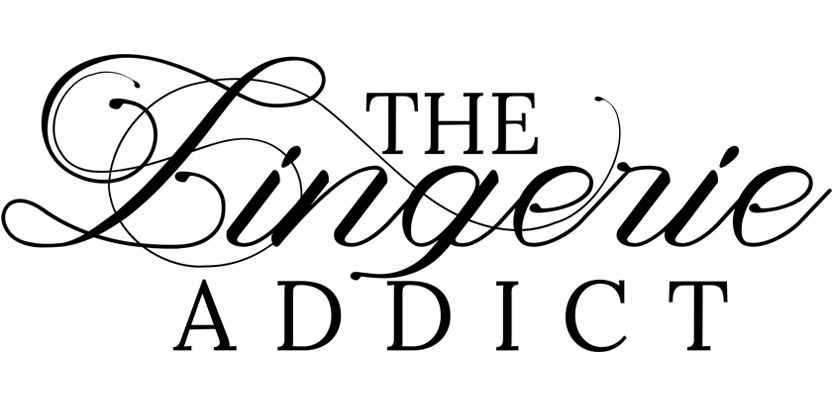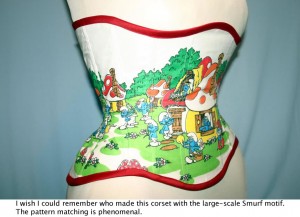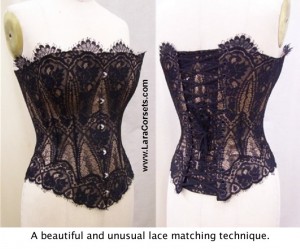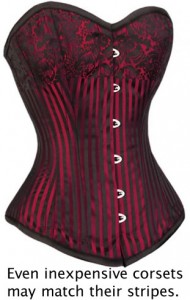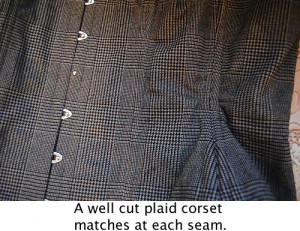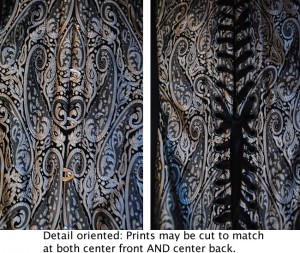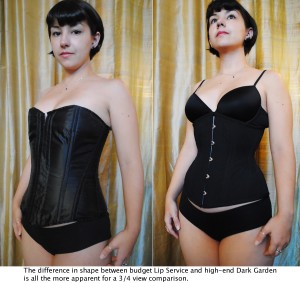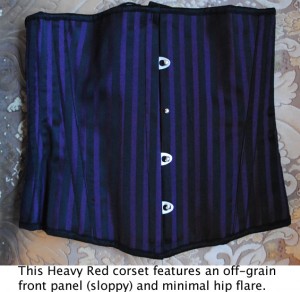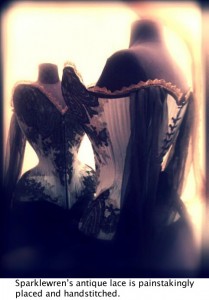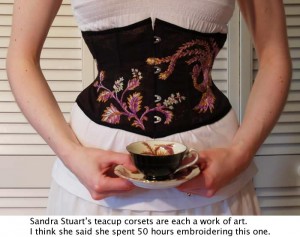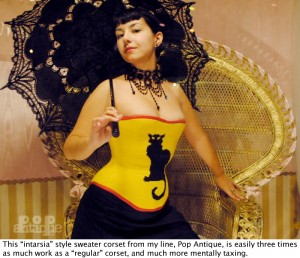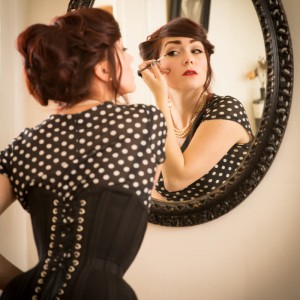What (You Didn't Know) to Look for in a Corset: 5 Popular Myths Debunked
By: Marianne
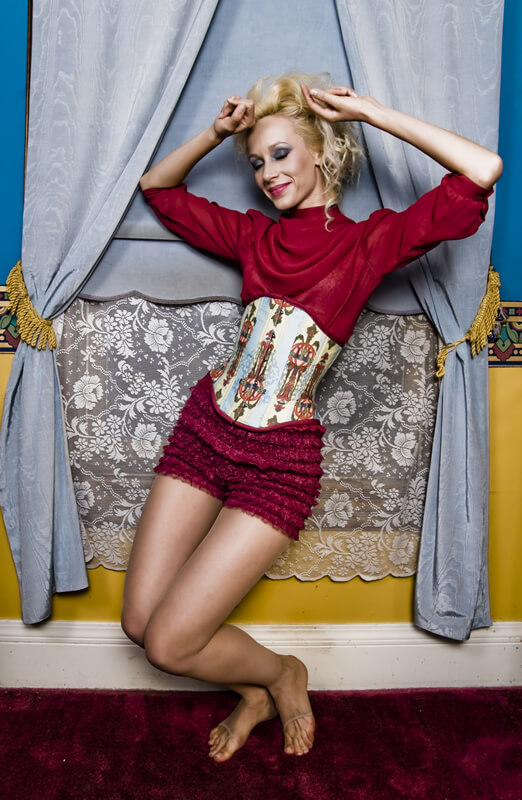
So you want to wear a corset, and you're finally ready to buy one. You've done a bit of research and heard about the horrors of plastic bones and cheap Chinese knock-offs, about the wonders of coutil and how 100% custom is the only possible way to get a corset that fits you and doesn't mangle your anatomy, and how they take twenty – no, fifty hours to make.
Well.
So-called fact: All good corsets use coutil as their strength layer.
False. While coutil is designed specifically for corsetmaking, like any fabric it comes in different quality grades and there are many other serviceable fabrics available to the modern corsetiere.
The basics of hardware and construction: Steel bones are a must (spiral, flat, or a combination). The front closure should be a busk, not hook and eye tape. The laces should go through two-part metal grommets or eyelets. Your corset does not need to be made of umpteen layers of fabric; however, the fabrics used should be stable and sturdy, with an all-natural fiber in the layer closest to your skin. A waist tape, whether visible or concealed, should be present to stabilize the waist. A “real” corset will always be sized according to the waist measurement – never S/M/L.
 So-called fact: More bones are always better.
So-called fact: More bones are always better.
False. I don't want to duke it out with other corsetmakers over this, but the type and distribution of the boning makes a big difference in how comfortable a corset is or isn't. Some of us just don't like bones against our bones, okay? Anyway, you can't just throw a bunch of extra bones in a corset and claim it makes for a better product. The boning should support the shape of the pattern and the wearer.
While we're talking fabric and materials, here's one of top three things I look for when analyzing another corsetmaker's work: Does the fabric's pattern match at the center front?
When I see a seemingly well-made, shapely corset with disjointed pattern matching, I start to wonder what other shortcuts that corsetmaker is taking.
So-called fact: Off-the-rack corsets fit no one and I absolutely need a custom corset.
False. Don't get me wrong – a custom fit from an expert will always be better. But properly developed ready-to-wear patterns are, in fact, designed to fit the majority of a given corsetmaker's customers fairly well. That's the whole point. I could write a whole article on this, honestly, but the keywords are “properly developed patterns” --- not all RTW corsets are created equal, and not all custom corsets are created equal either.
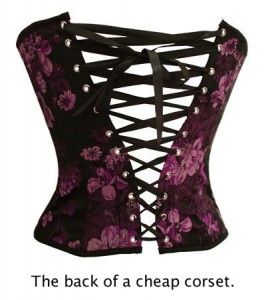 The way a corset is photographed can be a giveaway for many things. One thing that makes me immediately suspicious is when a corsetiere uses a lot of profile shots of their designs. This tells me nothing about the shape the corset gives.
The way a corset is photographed can be a giveaway for many things. One thing that makes me immediately suspicious is when a corsetiere uses a lot of profile shots of their designs. This tells me nothing about the shape the corset gives.
 So-called fact: If the grommets are the same distance apart the whole way down, the corsetmaker is lazy and does inferior work.
So-called fact: If the grommets are the same distance apart the whole way down, the corsetmaker is lazy and does inferior work.
False. Grommets may be spaced closer at the waist to support the increased tension at that point, true. However, the way the corset is laced can also provide the necessary support, particularly if the grommets have already been set fairly close together down the entire length. Look for criss-crossing at the “bunny ears” loop.
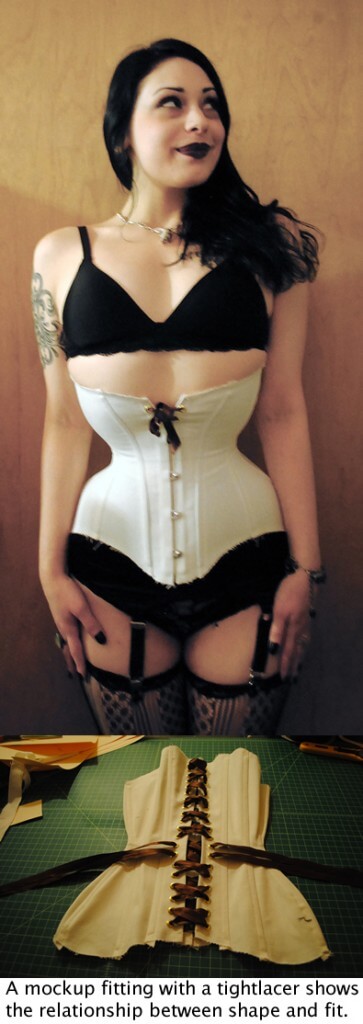
Finally, the third thing I look at when assessing another maker's corset is the shape of the side seam. Let's say you're at a convention or lingerie shop and there's a table or rack of corsets in front of you. The shape of the side seam when it's not on a body is the same shape it will give the body.
A lot of low-end or poorly-patterned corsets have a shape that looks more like an inverted set of parentheses than an hourglass. Corsets from my line, Pop Antique, have a distinct cup shape at the side (and front) rib, which I feel makes them more comfortable, but some corset wearers and admirers prefer a smoother, more conical rib shape. Regardless, the waist should be a clearly defined point above a visible hip curve, not just a shapeless, gradual flare.
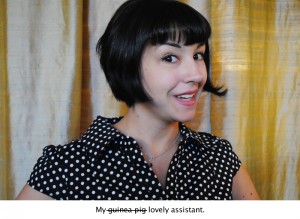
 To demonstrate this, my friend Lindsay will be playing the part of my lovely assistant. She brought two of her own pieces, one by Lip Service (which I wouldn't really call a corset, and you would all probably know better as well) and the other by Heavy Red, a moderately respectable entry-level corset maker. Then I put her in a Dark Garden corset and a Pop Antique corset, both ready-to-wear fit. For reference, she even allowed me to photograph her natural, uncorseted figure.
To demonstrate this, my friend Lindsay will be playing the part of my lovely assistant. She brought two of her own pieces, one by Lip Service (which I wouldn't really call a corset, and you would all probably know better as well) and the other by Heavy Red, a moderately respectable entry-level corset maker. Then I put her in a Dark Garden corset and a Pop Antique corset, both ready-to-wear fit. For reference, she even allowed me to photograph her natural, uncorseted figure.
I didn't have any corsets from other reputable makers that would fit Lindsay, so we had to stop at those two, but I think we proved our point. Lindsay's natural figure is curvier on its own than in the cheaper corsets! What you get when you buy a $300 or $1000 corset over a $30 or $100 corset is not necessarily fancier materials and boning, but a high-quality fit. And, okay, the fabric is nicer.
So-called fact: Corsets take on average 20-50 hours of labor, if not more.
False. A simple corset can be cut, stitched, and laced in under 10 or even five hours if the stitcher is very experienced. Don't take it for granted, though: that training, experience, and efficiency is built into the price for high-quality corsets.
A custom corset with multiple fittings and lots of hand-detailing, of course, can and will take much, much longer. Examples of this include Sparklewren's carefully placed vintage lace, Dark Garden's couture feather overlays, Sandra Stuart's meticulously embroidered teacup corsets, and the fully-fashioned knit corsets from my line, Pop Antique (all shown below).
What do you look for when you shop for a corset?
